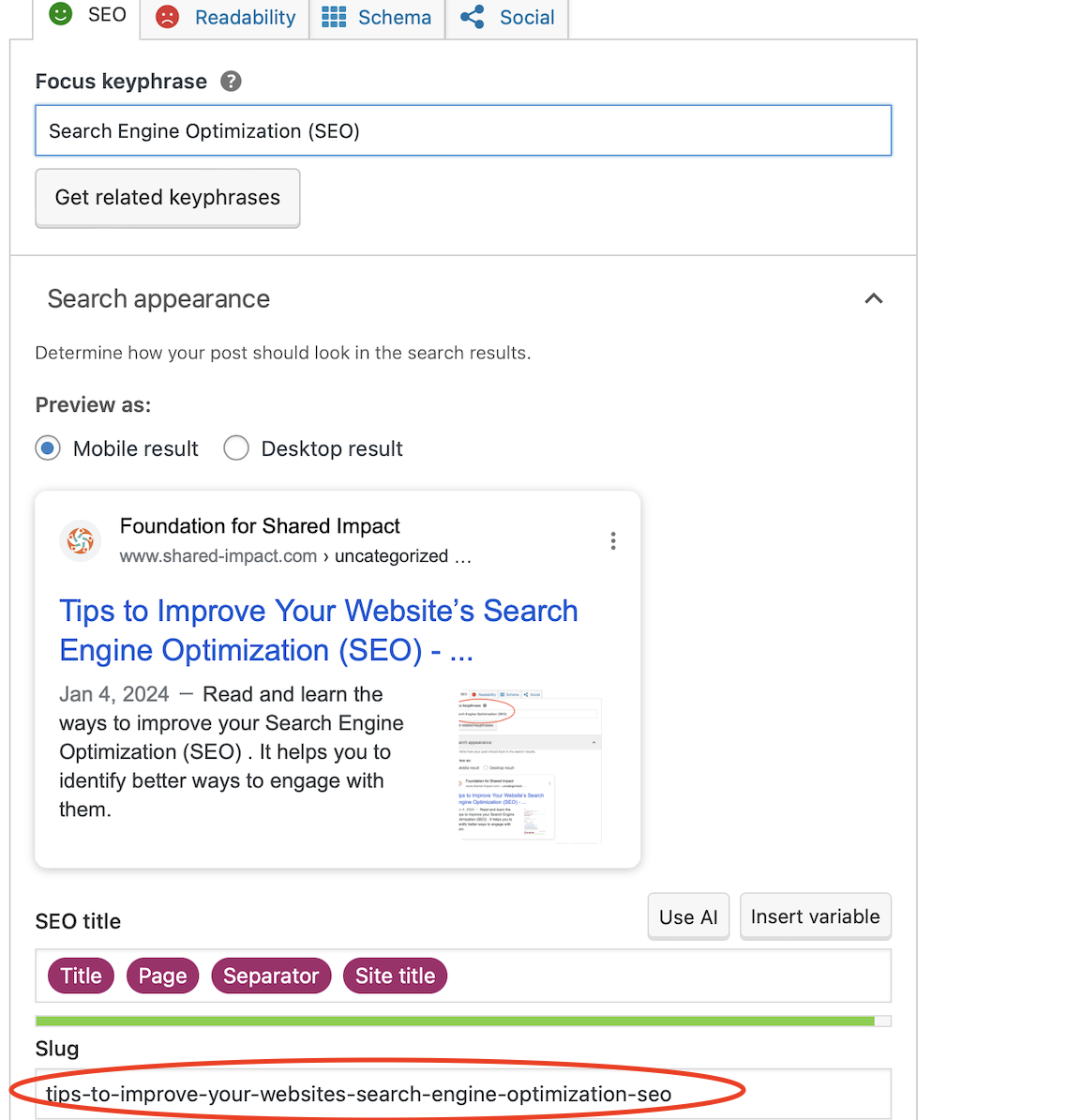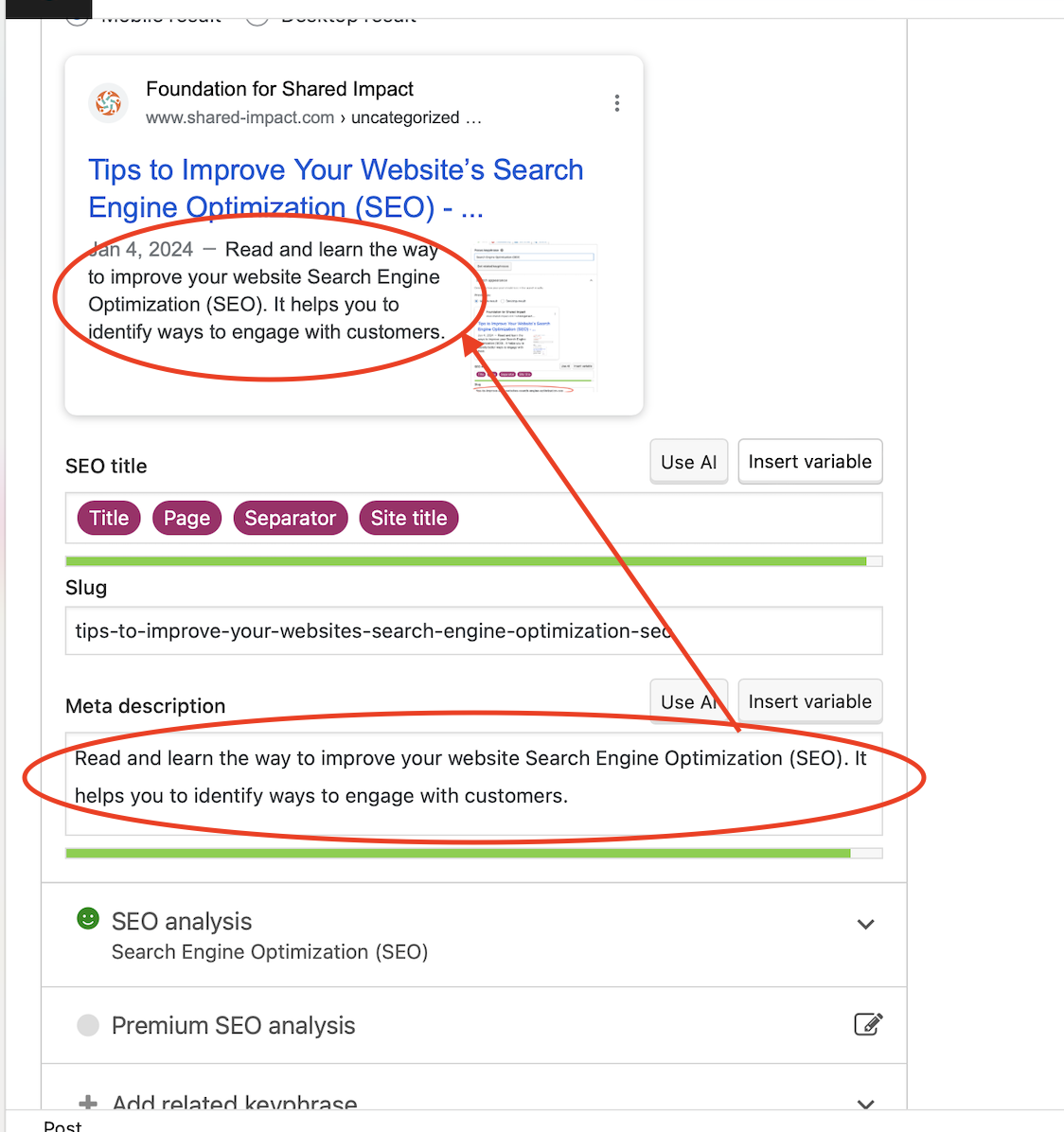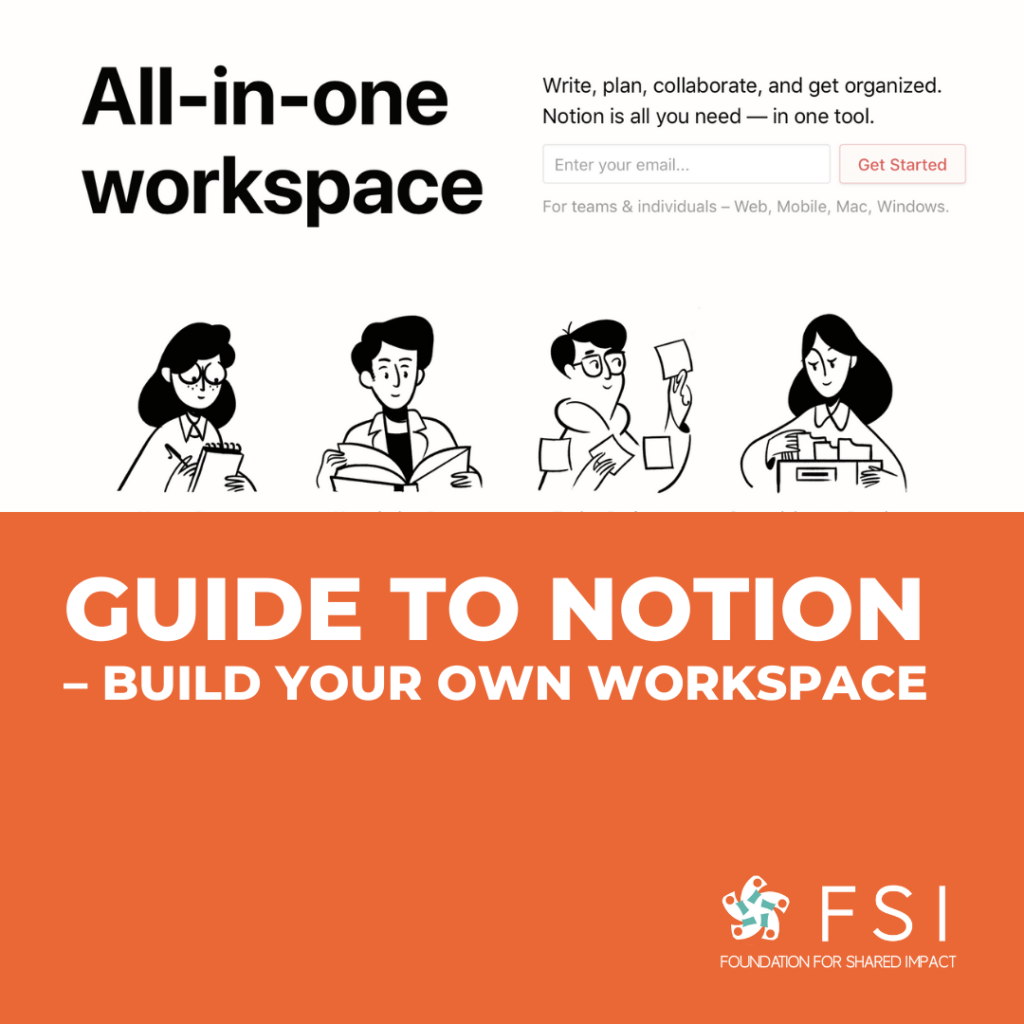SEO (Search Engine Optimization) is a data-driven approach to increase the visibility of your brand and establish your brand as an authoritative voice in the industry. It also helps you understand your (prospective) customers so that you can identify better ways to engage with them.
SEO is essential to any company’s or organization’s marketing and growth strategies. Why? Recall the last time you searched for a service or product on Google. Let’s say you were searching for an art social enterprise in Hong Kong. On the first Google Search Engine Results Page (SERP) in response to your query, you will find nine to 10 results, ranked in order of relevance to your keyword search. Now, imagine yourself as the co-founder of Gowld Art Centre. You would be happy to see your social enterprise ranking second in Google’s search results, because prospective customers would have gone to your competitors if your social enterprise were ranked further down on the first page or on later pages of search results.
So how do you ensure your company’s website is ranked favorably by search engines? Read our guide on Google Search Console to learn how to use that service to boost your SEO. Moreover, you’ll need an SEO strategy that involves organizing the content on your website to improve its ranking on SERP.
If you optimize your content for SEO, you’re more likely to reach people who are actively searching for content similar to yours. Furthermore, having quality content that ranks well in searches will also make your content and work seem more reliable and trustworthy to visitors to your website, thereby establishing you as a thought leader in the industry. Increasing the organic visibility of your content also increases brand awareness and visibility for your business or non-profit.
Here are some tips that could get you started on enhancing your SEO:
- Finding and Using Keywords
The first step to establishing your organization as a thought leader and your website as a credible source of useful content is to find out what your potential and ideal customers are searching for. This is where keywords become crucial. You want to find the right keywords – the keywords most frequently used by your potential and ideal customers when searching for particular types of content online – and use them correctly to get the algorithm to rank your website higher.
For beginners, it is probably best to do some simple research and choose your keywords intuitively. Obviously, you would want your keywords to reflect your content as accurately as possible. But just as important is thinking about the search intent of your potential customers. Search intent is essentially what your customers are looking for when they type in the potential keywords into a search engine.
Later on, it might be useful to use a dedicated keyword research tool. There are free options such as Google Keyword Planner, Google Trends and Keyword Tool.io, as well as subscription based tools such as Term Explorer, Accuranker etc.
Once you have chosen your keywords, you can then add them to your website content to produce content searchable by anyone using those keywords. For example, you can put your keywords in the page title. The page title is one of the first things that search engines evaluate when determining what is on a webpage. You should also use your keywords in the slug part of the URL. The part of the permalink circled in red is the slug part:

Make sure to also use your keywords in the meta description. This further tells search engines what your page is about, but it is also important for users as it gives them a short preview of the page’s content. The meta description will appear underneath the title of your page similar to the photo below:

Finally, it is important to use the keywords in the actual content of your page, while preserving the readability of your content (not overusing the keywords so that they interfere with the flow of the content on the page).
- Quality of Content is Key
Content is one of the most important SEO ranking factors. That is why, in addition to making sure to use keywords in the content, you must also prioritize the creation of high-quality content that helps you stand out from the mass that is also producing similar content.
Based on the quality and trustworthiness of the content, your site will get a Page Authority (PA) score ranging from 1 to 100. The higher the number, the more authority your site has, and higher PA mean that your website is relevant, high-quality, and trustworthy. You can check your score on Moz.
Google has the so-called E-A-T standards (expertise, authoritativeness, and trustworthiness) that it uses to evaluate your content. As a major search engine, Google would of course want to avoid sharing inaccurate information. Therefore, it would suggest that you keep your content updated so that it is relevant and accurate.
Other than following the E-A-T standards, make sure you follow good on-page practices, such as: focusing on creating content using the primary keyword (the term that your customers are searching for), using proper headings (they should be short, relevant to the paragraph, and make the article easier to skim through), using internal linking (linking from one page on your website to another) etc.
Furthermore, if you are running a local business and would like to target customers in the area, you might want to work on boosting your local SEO. In order to do that, make sure to focus your content on things that are more relevant in your local community. This will help the algorithm bring the right customers to your website.
- Having a Mobile-friendly Website
People are increasingly using their mobile phones rather than desktops to browse and read digital content. In fact, 61% of all Google searches are performed on mobile, and “near me” searches have increased 250% since 2017 (source), proving that mobile-friendly websites are especially important for customers to look up reviews, location, or contact information of your business.
Importantly, Google’s change in its algorithm in 2015 to favor mobile-friendly websites means that your website is bound to have better SEO if it is mobile-friendly.
There are 4 main points to pay attention to, when evaluating if your site is mobile-friendly:
- Responsive design: This essentially means that your website is automatically displayed properly on any device, and regardless of whether it is being used in portrait or landscape mode.
- Readable fonts: The fonts that your website uses are easy to read on mobile devices.
- Text formatting: The text on the website is broken into smaller paragraphs or bullet points, so that it is more easily viewable on a smaller screen.
- Optimized media: The photos and videos on the website should be easily viewable on a mobile device, without having to scroll or resize.
When setting up a mobile-friendly website, the design itself can be an important aspect of the task but it is not the only element to take into consideration. It is very important to consider the user experience, as this is also what Google uses to determine how to rank your website.
Firstly, consider what information your customers need from your website and make it easily accessible for them. Whether it is your mission, product, contact information, directions, etc. Tools such as Google Analytics can help you identify this by tracking user activity on your website. As soon as you get some traffic on the website, Google Analytics will track where website visitors scroll and click/tap, and will give you a visual representation of it.
You can go on your website and test it yourself. It is important that the main buttons are easy to click on, and the website itself is fast, efficient, and easy to navigate. Need help with determining your website’s mobile-friendliness? Check out these tools:
Another thing to consider is that mobile users tend to access websites with less ideal internet connections (connecting to public Wi-Fi networks). That is why you also might need to optimize the content of your website to be more simple. Therefore, if your website has more interactive elements or there are files to download or forms to fill out, this may not be ideal for mobile users.
Finally, Search Engine Optimization (SEO) is not limited to only your website. Therefore, it is important to consider the entire customer journey map. Sometimes, other elements are just as important to the user experience as the website itself. For example, customers often want easy access to reviews, directions to your shop/office, easily accessible review of the service/product you provide, or they may want to receive newsletter updates etc. Making your newsletter SEO-friendly (by including links, making it mobile-friendly, etc.) can be a great way to increase traffic to your website.
Customers may also interact with your brand through social media, so it is important to consider whether your social media accounts are optimized to boost your website’s SEO.
Considering the customer journey map can help you with building a good mobile experience, but learning more about it can help you in other aspects of your business. It can help you understand your customers better, and keep up with constantly changing customer expectations. Watch the video below if you would like to learn more about the customer journey map.
How To Make An Effective Customer Journey Map In Under An Hour (FREE Templates)
- Link-building
Link-building is another great way to boost organic visibility and brand awareness. Link-building is essentially the process of creating content that other websites will want to share and link back to your website. A good example of this is posting annual reports on your work and making them shareable. Making content that is easily shareable is the simplest strategy.
Another way to get your content shared is by reaching out to other organizations or companies and asking them to link your content. You can email a potential content partner about an idea for an article that would be mutually beneficial. If they agree to it, you can start writing the content and share the link once it’s done.
Guest posting is another link-building strategy, where you would write blog articles that you publish on third-party websites, usually thought leaders in the industry. In doing this, those third-party companies might allow you to include a reference to your website in the content of the article and the author bio.
Finally, when setting up profiles on other platforms, it is often possible to list your website in the profile as well. While these links might carry less authority than being linked by other parties, they’re easy to set up and therefore worth doing.
- Set Up a Blog
Setting up a blog and publishing regular blog posts about your business can prove very useful in boosting your website’s SEO. A study conducted on 1,531 HubSpot customers (mostly small- and medium-sized businesses), showed that companies that publish regular blog posts get 55% more visitors on their websites.
As a powerful marketing tool that drives traffic to your website, publishing regular blog posts can convert that traffic into leads, whether as potential customers of your services or products, or donors or collaborators for your social impact organization. Moreover, blog posts can be repurposed as social media content multiple times, as long as they are updated to remain relevant.
If your website is built on WordPress, check out our guide on publishing blog posts using WordPress here.
Final Tips
Boosting your SEO can be a complex and deliberate process, but it will pay off in the long run, as it is a great and cost-effective strategy to increase your business’ visibility to more potential customers, investors, funders or donors. To assess the performance of your site SEO strategy, use Google Search Console to review traffic to your website before and after the implementation of your site SEO strategy.
The tips listed here are by no means exhaustive. Depending on the touchpoints on your customer journey (where and how customers interact with your brand), you may need to tailor different SEO marketing strategies.
Here are some additional resources that may help you to ace your game in SEO marketing:
- Google Analytics for Beginners: A course on creating a Google Analytics account, implementing tracking code, setting up data filters, as well as tracking Google Ads campaigns.
- How to Use SEO to Grow Your Business: Take a deep dive into SEO and learn how tools like Ashrefs can help improve your SEO marketing initiatives.
- SEO Tips to Improve Organic Traffic in Under 15 Minutes: Learn some low-hanging SEO tips.
We hope you found this article helpful! Head over to our Entrepreneur’s Toolkit for more useful guides to help you overcome other entrepreneurial challenges.




